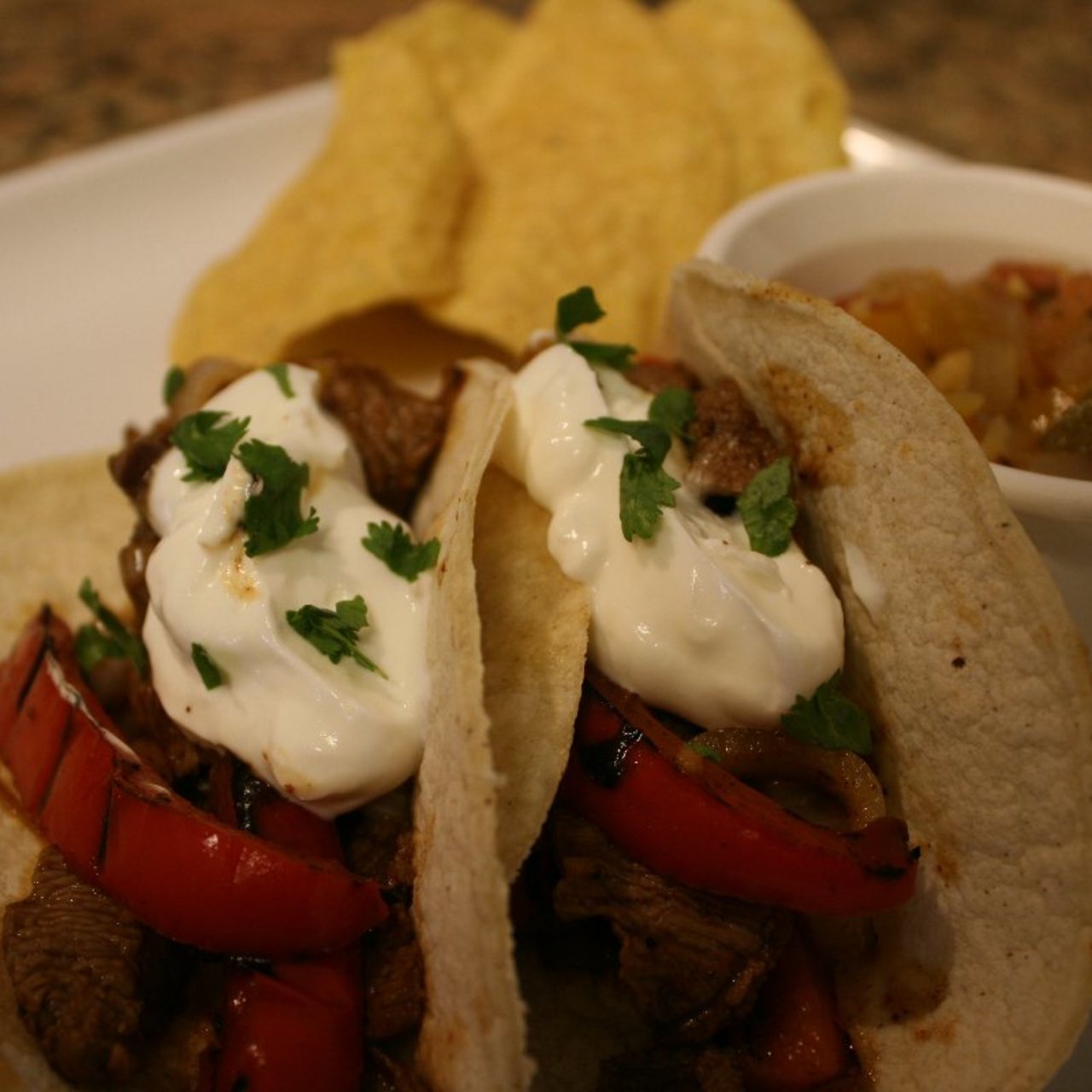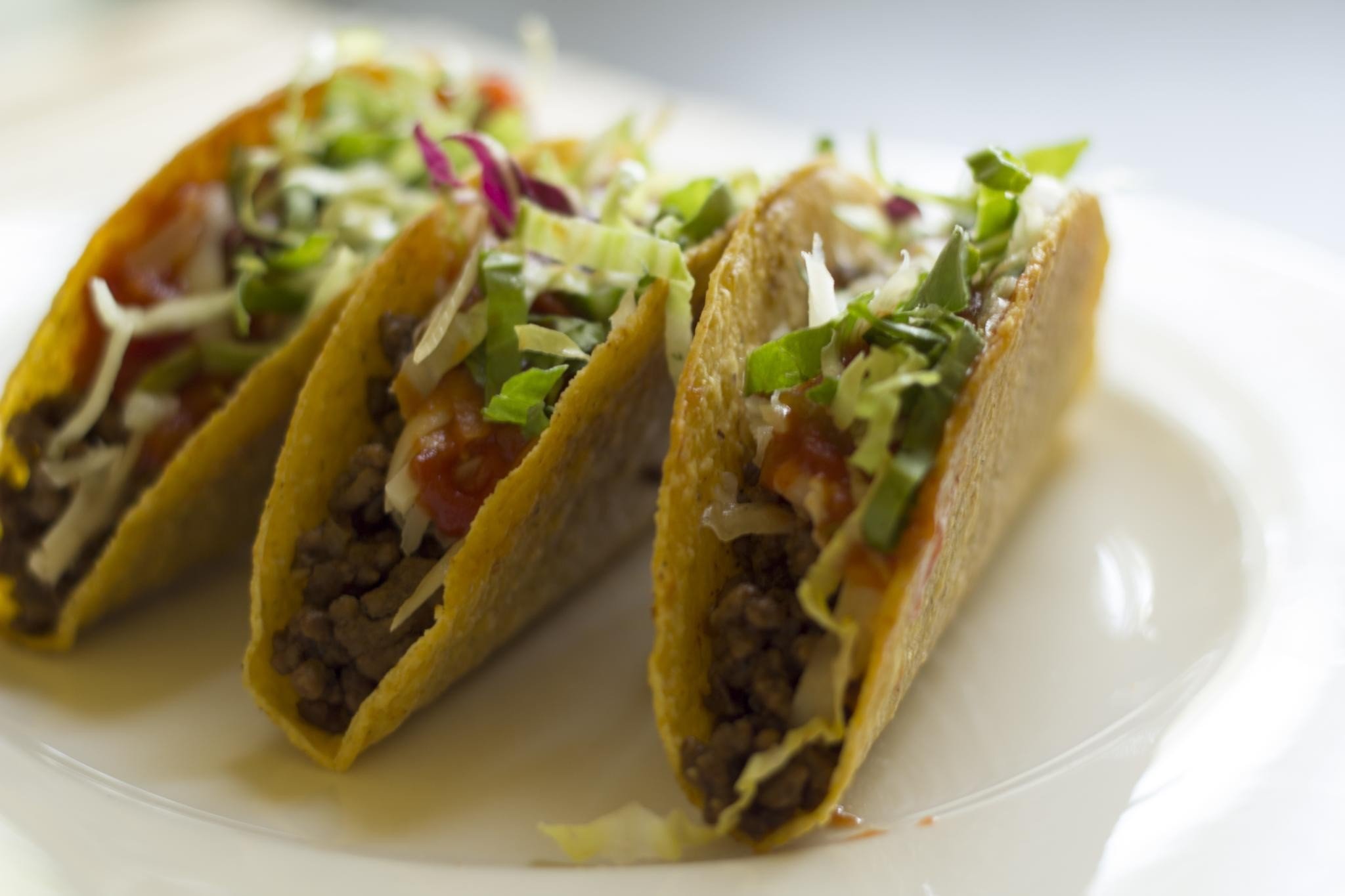

“We’ll see if we need to reach out to the owner of the lot right up the street to see if we can work something out.”Īriana Peters, managing partner for Peters Development, which owns the site, said Gonzalez has more than enough spaces for the restaurant concept they have. “We’re just going to try to open up and see how fast we can get people in and out,” he said. Gonzalez originally said he was concerned about having only 15 parking spaces and was considering adding more. “We would like to know the hours of operation, but the city has no formal regulations limiting hours of operation for any business,” Waters said. Waters said Gonzalez does not need city approval to stay open 24 hours. “I’m sure the city will have some concerns, but we’re willing to work with them on whatever we need to do,” Gonzalez said. Gonzalez also wants the new site to be open 24 hours, seven days a week with a take-out window. “This will be my version of what my parents have been doing,” he said. He has already ripped up the floors and replaced some dry walls. Once he gets the permit, Gonzalez can start the plumbing and electric work inside the 3,600-square-foot site. Gonzalez said he’s expecting the permit any day. The plans, Waters said, are with the Palm Beach County Fire Review. That type of permit includes building, electric, plumbing and fire plan reviews. READ: Lake Worth girl leaves note for burglar Gonzalez, who said he’s spending about $100,000 to renovate the building, is waiting on a permit for interior renovations and improvements, according to William Waters, the city’s community sustainability director. Last year, Palm Beach Post readers voted Taco al Carbon’s tacos the best in Palm Beach County.

“If you ask me, I’d have the place open in 30 days. “We want to open as soon as possible, but we understand there’s a process,” Gonzalez said. is anxious to open a new Tacos al Carbon in the old Dunkin Donuts site on North Dixie Highway in Lake Worth, but the city’s building division is in no such rush. The flare-ups then send up vapors that condense on the steak and give it a meaty, smoky grilled flavor.Victor Gonzalez, Jr. These drips of fat, along with the juices from the meat, hit the coals and create small flare-ups. As the steak cooks, the fat melts and drips into the fire. Leaving some fat on the steak ensures lots of grill flavor. Frequent flipping helped the top and bottom shrink at about the same rate, so the steak stayed flat and browned evenly. The mediocre browning in my first test had been a result of the steak buckling as it cooked the bottom of the steak (closest to the heat source) cooked more quickly than the top, which caused its fibers to shrink and gave the meat a concave shape.

These narrow strips, once sliced, would also fit nicely into 6-inch tortillas. This separated the tapered edges from the thicker center so I could grill each piece to the proper doneness. What’s more, the meat was unevenly browned and didn’t have much grill flavor.įor my second try, I sliced the steak into thirds lengthwise. The chipotle paste was a keeper, but the thinner areas of the steak were overdone.

After letting the meat rest, I thinly sliced it against the grain. Grilled directly over the coals (a gas grill works well, too), the thickest part of the steak was medium‑rare (125 degrees) in 10 minutes.


 0 kommentar(er)
0 kommentar(er)
